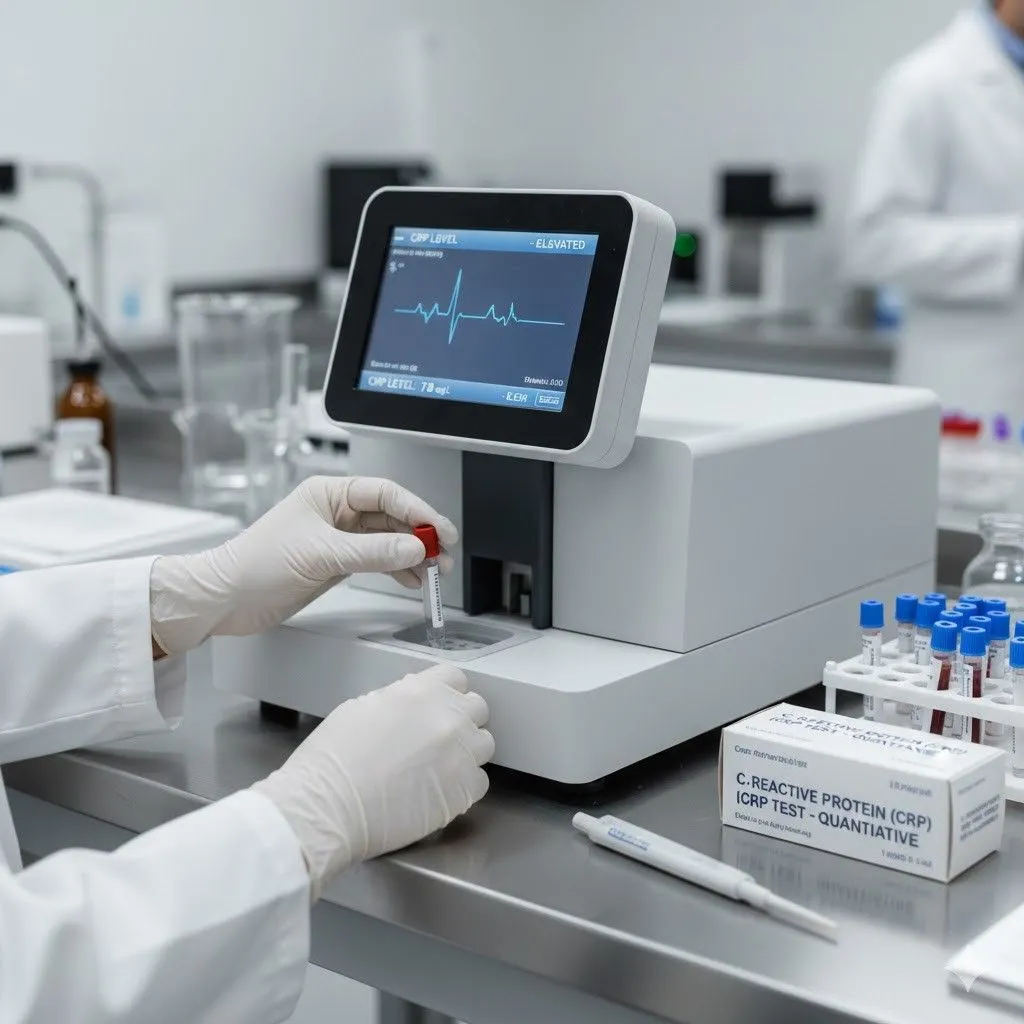Sepsis may start from normal fever but can lead to severe Sepsis, where the main organs get affected.
Sepsis is a fatal condition that causes a low immune system, and the body fights infection. There we discussed what are the 3 stages of sepsis? You must wonder what are the 3-stages of sepsis. Sepsis has three progressive stages, which means early diagnosis increases the possibility of survival. According to the CDC, sepsis death occurs in over 65 years of people. There is another point we need to consider: nursing home treatment is equally important as taking medicines. Thus, nursing home neglect causes Sepsis as well.
In this article, I will crucially examine what are the 3 stages of Sepsis and what are the diagnostics and treatment involved in the treatment.

What are the 3 stages of Sepsis?

Stage One: Sepsis -
When people have any injury, our immune system releases chemicals in the bloodstream to fight back infections. In this stage, chemicals inflamed the affected area. As a result, it causes severe inflammation, which causes the emergency condition. However, early detection and treatment are possible during the first stage of Sepsis. In some patients, high fever is the most common symptom. It may range from 101 F to higher. Other signs and symptoms the patient faced during the first stage of Sepsis are:- Tachycardia means a higher heart rate
- Positive blood culture report
- Tachypnea means a higher breath rate
Stage Two: Severe Sepsis -
The previous or stage one Sepsis remains untreated or becomes unresponsive to the treatment. Severe Sepsis occurs when the Sepsis affects the internal organs. I have listed down the symptoms that persons are undergoing severe Sepsis.- Decreased urination
- Fluctuations in cognitive thinking
- Discoloration of skin
- Low platelets count
- Difficulty in breathing
- Unconscious
- Abnormal heart function
- Low body temperature
- Weakness
- Bluish discoloration of lips, nails, and finger
- Low blood pressure
Stage Three: Septic Shock -
I have explained what are the 3-stages of sepsis. The last stage called Septic shock occurs when severe blood pressure drops result in abnormal problems. It increases the risk of death. I have listed down some signs and symptoms of septic shock.- Fast heart rate
- Hypothermia
- Shaking
- Coma
- Rapid breathing
- Shortness of breath
- Low blood pressure
- Lightheadedness
- No urine output
- Heart application
- Cool Limbs
- Skin Rashes
The risk factors of Sepsis -
Vulnerable people who have low immunity have a higher risk of septic shock. The group I have categorized below:- Newborns
- Over age 65
- Pregnant
- The person on recreational drugs
- People with heart valves
- AIDS
- Diabetes
- Leukemia
- Immune Disorders
What are the complications of Septic Shock?
Septic shock has many complications and can worsen a patient's condition. I have listed the different complications that can occur because of Sepsis.- Brain Damage
- Lung Failure
- Heart Failure
- Kidney Failure
- Gangrene
- Death
What tests will diagnose septic shock?
The healthcare provider first checks fever, hypothermia, rapid heart or breathing rate, or low pressure. First, vitals are essential to check the signs of Sepsis. The blood test is to be tested. In this, we check the following:- Bacteria
- Complete blood count
- Blood test - lactate
- Oxygen level
- Organ malfunction
- Chest X-Ray
- Computed Tomography
- Magnetic Resonance Imaging (MRI) scan
The preventive tips to prevent Sepsis -
Many people completely recover from Sepsis by following some steps. All steps are crucial if you miss any of them. Then you might end up with severe Sepsis. However, some steps will help you prevent yourself from Sepsis.- Get yourself vaccinated
- Good hygienic conditions and deep cleaning of houses are crucial.
- Look for signs of infection like chills, lethargy, fever, and rash.
- Hydrate yourself
- Take a small, well-balanced diet
- Adequate rest is essential.
- Sleep time to time
Outlook -
We have discussed the three stages of Sepsis. It is one of the most severe problems that need immediate interventions. Therefore, never overlook your fever. This is because anyone can develop the first stage of Sepsis at any age. You can also book an appointment with a doctor who will give you an expert opinion. Credihealth covers many hospitals and doctors who help deal with your medical issues. Stay strong and Fight with infection!Frequently Asked Questions
What is the survival rate of septic shock?
Septic shock is a life-threatening condition that has a pretty low survival rate. It also depends upon a person's age, health, and medical history. If you have organ failure, then you can receive treatment.
How do I know that I have Sepsis?
You can check your blood reports, as White Blood Cells play an essential role. Infection increases the count and causes breathing problems.
What are the early signs of Sepsis?
Disorientation, confusion, shortness of breath, high heart rate, fever, extreme pain, and clammy skin.
What is the leading cause of Sepsis?
Bacterial infections, including viral and fungal infections, are the leading causes of Sepsis.

Reviewed by







